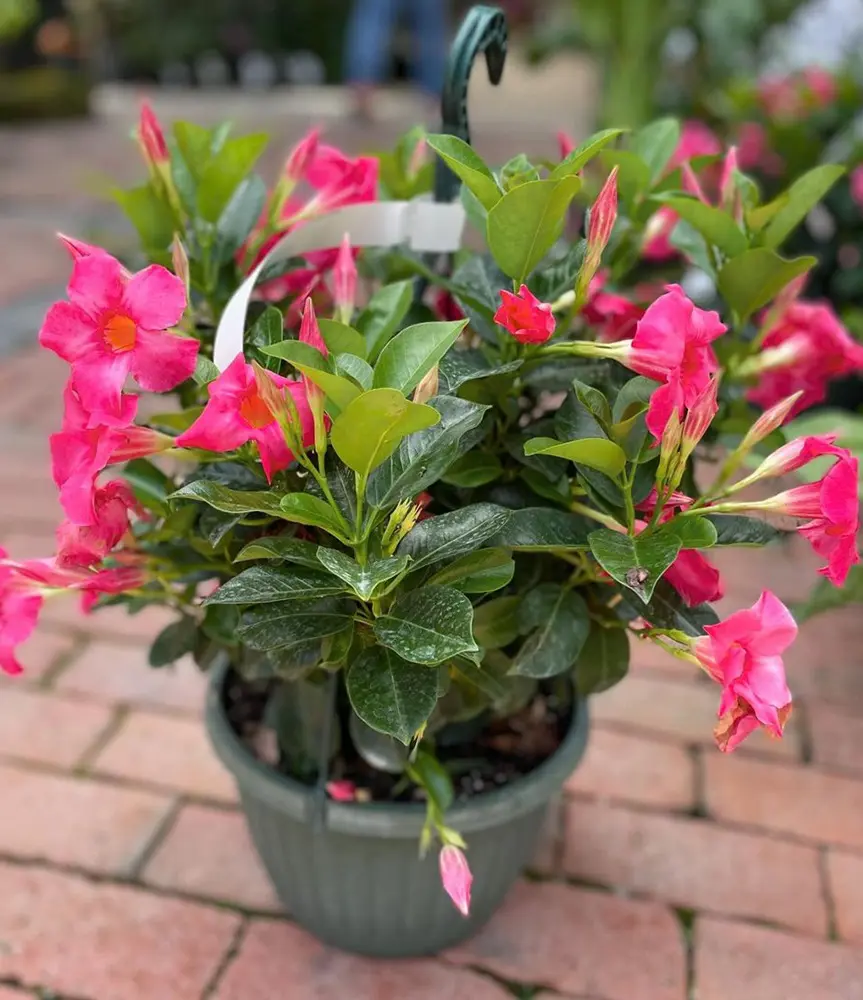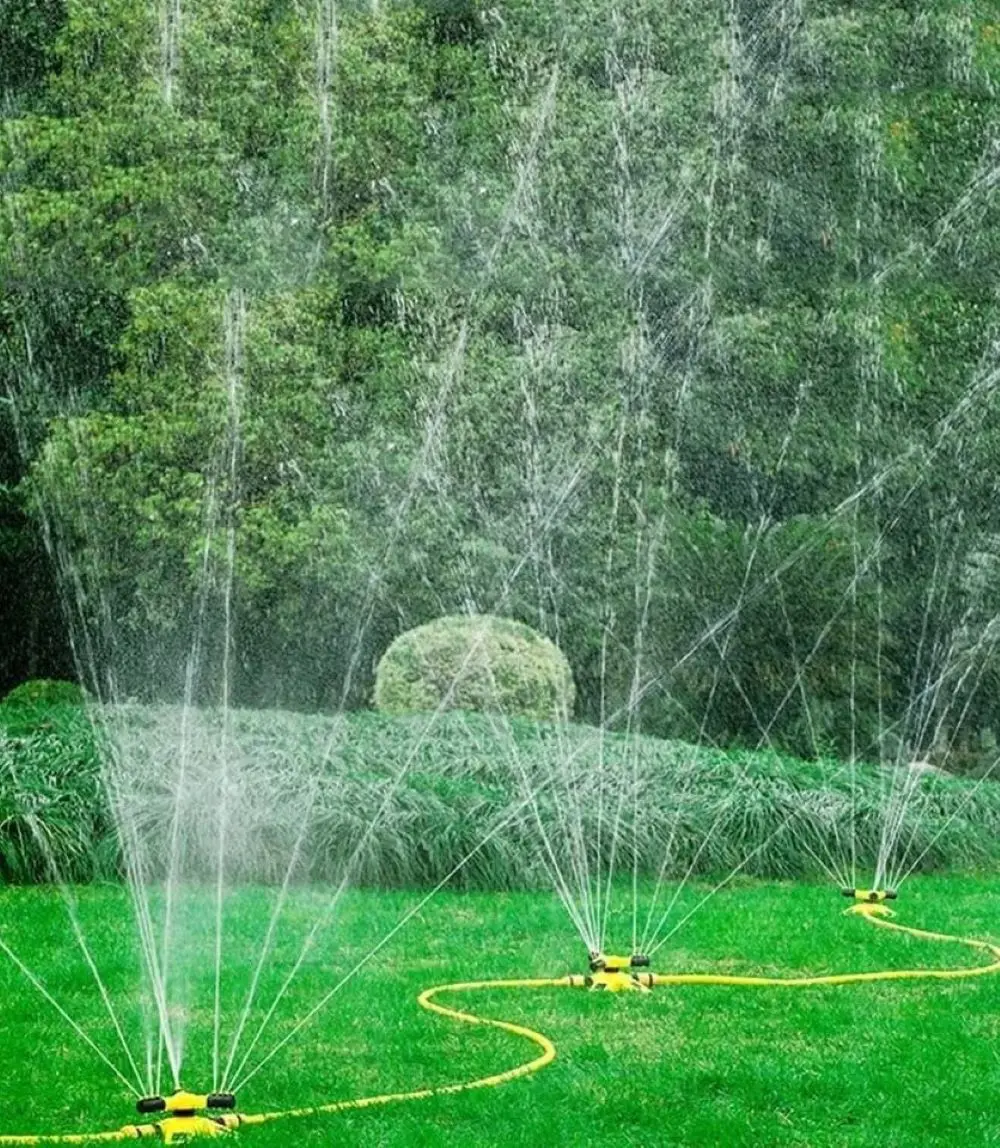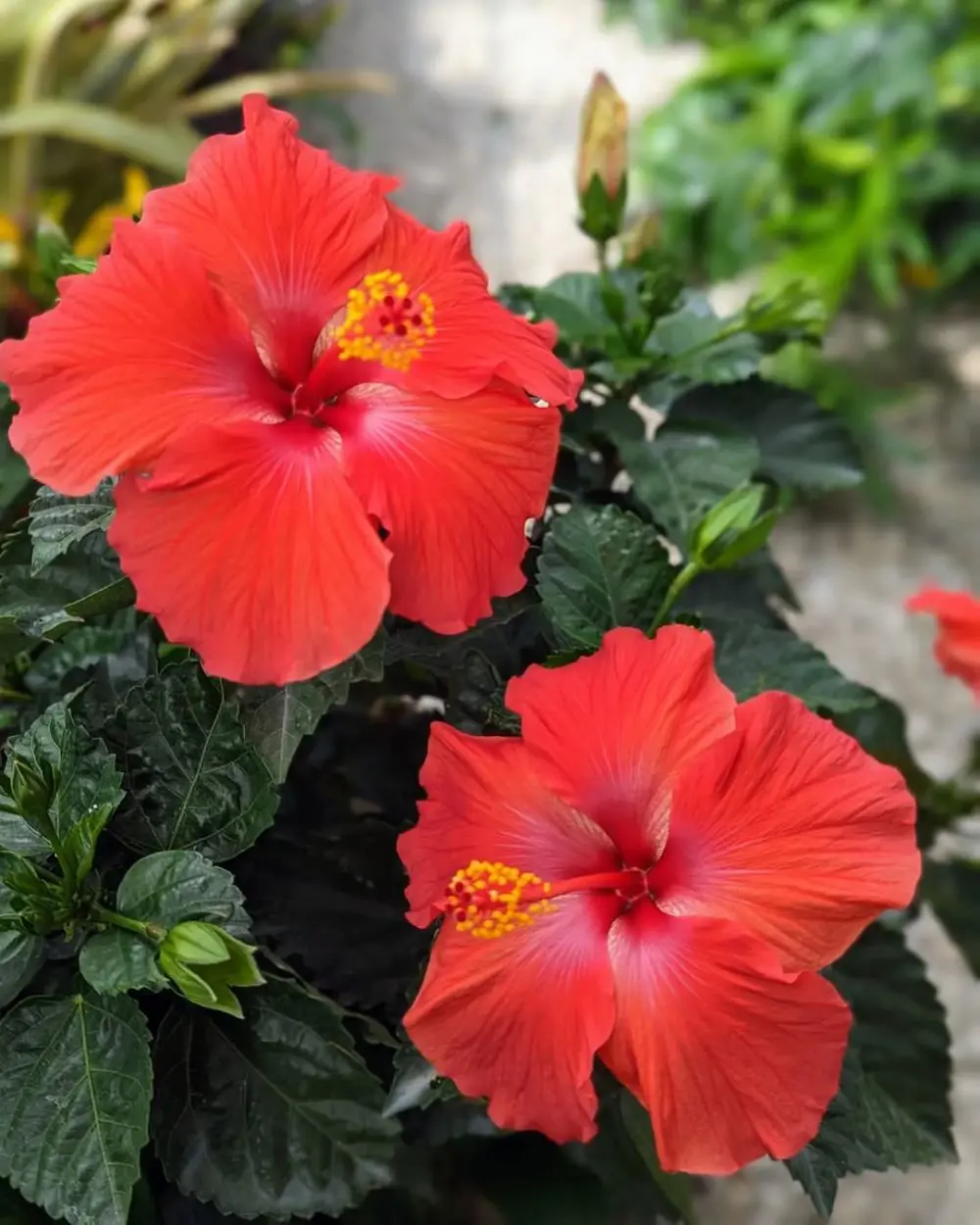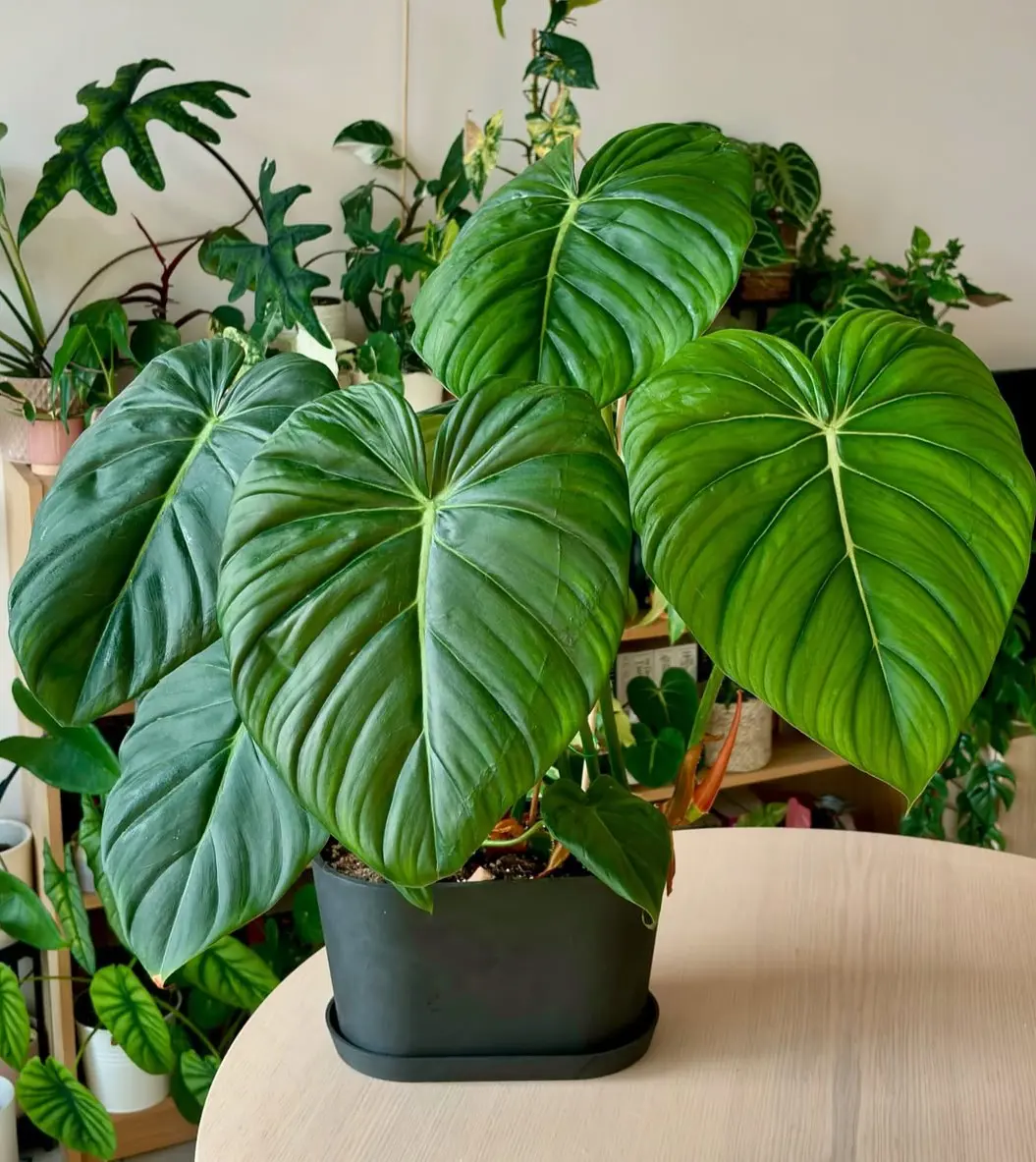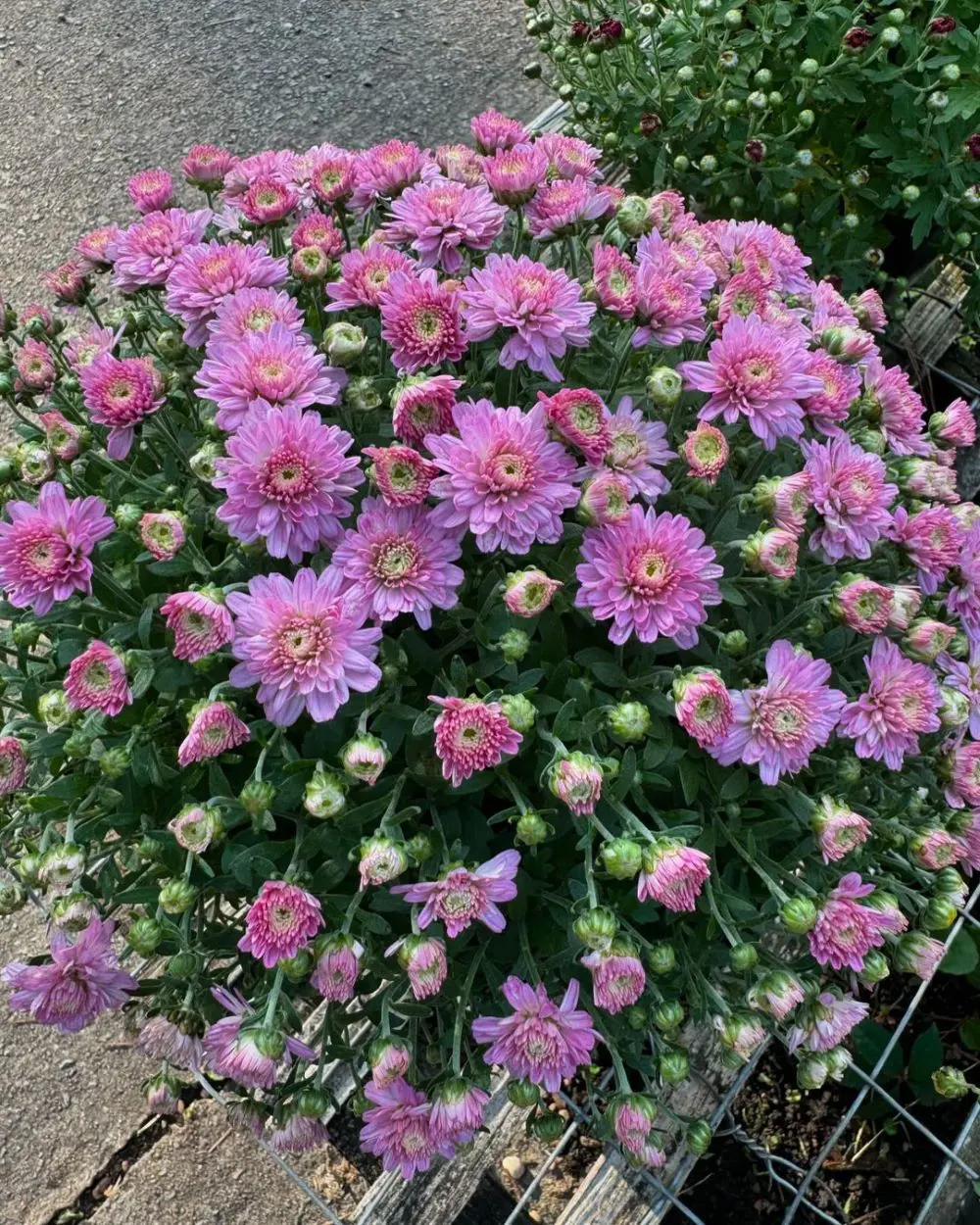Dipladenia, often referred to as Mandevilla, is a beautiful tropical vine known for its vibrant and exotic blooms. Native to South and Central America, Dipladenia plants add a splash of color and an air of tropical elegance to any garden or indoor space.
This comprehensive guide will delve into the essentials of Dipladenia plant care, including their characteristics, growing conditions, propagation, and common issues, ensuring your Dipladenia thrives and blooms profusely.
Understanding Dipladenia: Characteristics and Varieties
Plant Description
Dipladenia is a member of the Apocynaceae family and is characterized by its glossy, dark green leaves and trumpet-shaped flowers. The flowers come in various colors, including red, pink, white, and yellow, and are known for their attractive, waxy appearance.
Dipladenia plants are perennial in warm climates but are often grown as annuals or houseplants in cooler regions.
Varieties of Dipladenia
There are several popular varieties of Dipladenia, each with unique characteristics:
- Mandevilla sanderi: Known for its large, bright red or pink flowers, this variety is commonly referred to as Brazilian Jasmine.
- Mandevilla boliviensis: This variety produces stunning white flowers with a yellow throat and is known for its vigorous growth.
- Mandevilla ‘Alice du Pont’: A popular hybrid with large pink flowers and a robust growth habit.
- Mandevilla laxa: Also known as Chilean Jasmine, this variety has fragrant white flowers and a more delicate growth pattern.
Growing Conditions for Dipladenia
Light Requirements
Dipladenia plants thrive in bright, indirect light. They can tolerate some direct sunlight, especially in the morning, but excessive exposure to the harsh afternoon sun can scorch the leaves and flowers.
If grown indoors, place your Dipladenia near a south or west-facing window where it can receive ample light without being directly exposed to the sun for extended periods.
Temperature and Humidity
Dipladenia prefers warm temperatures and high humidity, mimicking their native tropical environment. They thrive in temperatures between 65°F and 80°F (18°C to 27°C). While they can tolerate slightly cooler temperatures, prolonged exposure to temperatures below 50°F (10°C) can cause damage to the plant.
To maintain high humidity levels, especially indoors, consider using a humidifier or placing a tray of water near the plant to increase moisture in the air.
Soil and Planting
Dipladenia plants require well-draining soil to prevent root rot. A mix of potting soil, sand, and perlite or orchid bark works well. When planting in containers, ensure the pot has drainage holes to allow excess water to escape.
For garden planting, choose a location with good drainage and amend the soil with organic matter to improve its structure.
Watering
Dipladenia plants prefer consistently moist soil but are sensitive to overwatering. Water the plant thoroughly when the top inch of soil feels dry to the touch.
During the active growing season (spring and summer), you may need to water more frequently, while in the dormant period (fall and winter), reduce the watering frequency. Always ensure the soil is never waterlogged, as this can lead to root rot.
Fertilizing
To promote healthy growth and abundant blooms, feed your Dipladenia with a balanced, water-soluble fertilizer every two to four weeks during the growing season. A fertilizer with a higher phosphorus content can encourage flowering.
In the dormant season, reduce or cease fertilization to allow the plant to rest.
Propagation of Dipladenia
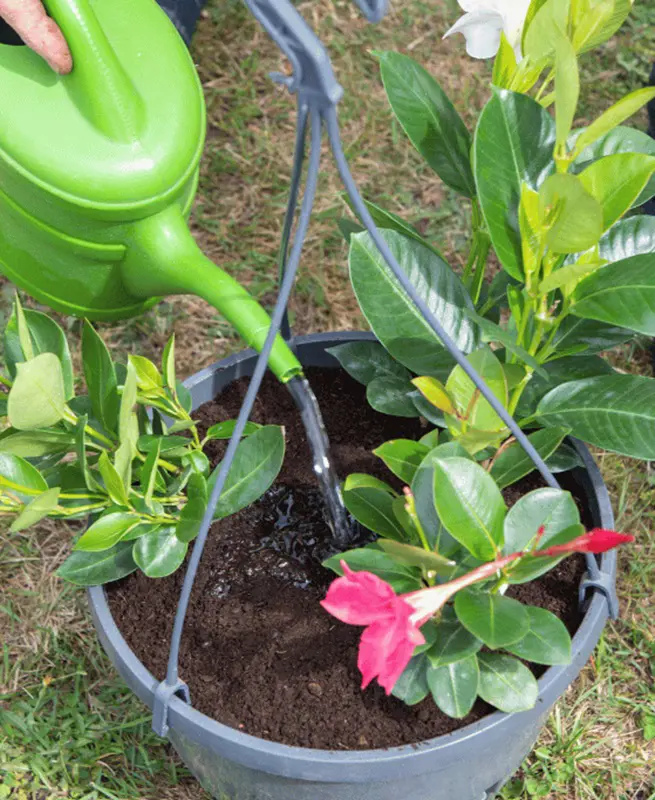
Propagation by Cuttings
One of the most common methods of propagating Dipladenia is through stem cuttings. Here’s how to do it:
- Select a Healthy Stem: Choose a healthy, non-flowering stem about 6 inches long with several sets of leaves.
- Prepare the Cutting: Remove the lower leaves, leaving only a few at the top. Dip the cut end in rooting hormone to encourage root development.
- Plant the Cutting: Insert the cutting into a pot filled with a mix of potting soil and perlite or sand. Ensure the soil is moist but not waterlogged.
- Provide Optimal Conditions: Place the pot in a warm, bright location with indirect sunlight. Covering the pot with a plastic bag can help maintain humidity.
- Wait for Roots to Develop: In a few weeks, the cutting should develop roots. You can check by gently tugging on the stem; if you feel resistance, roots have formed.
Propagation by Seeds
While less common, Dipladenia can also be propagated from seeds. This method requires patience, as germination can be slow. To propagate from seeds:
- Collect Seeds: Harvest seeds from mature Dipladenia plants. Clean and dry the seeds thoroughly.
- Plant the Seeds: Sow the seeds in a seed-starting mix and lightly cover them with soil. Keep the soil consistently moist.
- Provide Warmth and Light: Place the seed trays in a warm, bright location. A seedling heat mat can help maintain optimal temperatures for germination.
- Transplant Seedlings: Once the seedlings have several sets of leaves and are strong enough to handle, transplant them into individual pots or directly into the garden.
Pruning and Training Dipladenia
Pruning for Health and Shape
Pruning is essential for maintaining the health and shape of your Dipladenia. Regular pruning encourages bushier growth, removes dead or diseased branches, and promotes better airflow through the plant. Here are some pruning tips:
- Timing: The best time to prune Dipladenia is in early spring before the active growing season begins.
- Tools: Use clean, sharp pruning shears to make clean cuts and prevent disease spread.
- Technique: Remove dead or damaged branches first. Trim back any overly long stems to encourage a fuller shape. You can also pinch back the tips of young stems to promote bushier growth.
Training for Trellis or Support
Dipladenia plants are natural climbers and benefit from support structures like trellises, arbors, or stakes. Training your Dipladenia to climb not only saves space but also enhances the visual appeal of the plant. Here’s how to train your Dipladenia:
- Choose a Support: Select a sturdy support structure that complements your garden design.
- Guide the Stems: Gently tie the stems to the support with soft ties or garden twine. Be careful not to tie too tightly to avoid damaging the stems.
- Regular Adjustment: As the plant grows, continue to guide new growth onto the support, adjusting ties as necessary.
Common Pests and Diseases
Pests
Dipladenia plants are generally resistant to many pests, but they can occasionally be affected by:
- Aphids: Small, sap-sucking insects that can cause distorted growth. Use insecticidal soap or neem oil to control aphids.
- Spider Mites: Tiny, spider-like pests that cause fine webbing and yellowing leaves. Increase humidity and use miticides if necessary.
- Whiteflies: Small, white flying insects that can weaken the plant. Sticky traps and insecticidal soap can help manage whitefly infestations.
- Mealybugs: Cottony white insects that feed on plant sap. Remove them with a cotton swab dipped in alcohol or use insecticidal soap.
Diseases
Dipladenia can also be susceptible to various diseases, particularly in less-than-ideal growing conditions:
- Root Rot: Caused by overwatering and poor drainage. Ensure well-draining soil and avoid waterlogging the plant.
- Powdery Mildew: A fungal disease that causes a white, powdery coating on leaves. Improve air circulation and treat with fungicides if necessary.
- Leaf Spot: Fungal or bacterial infections that cause spots on leaves. Remove affected leaves and improve growing conditions to prevent spread.
Overwintering Dipladenia
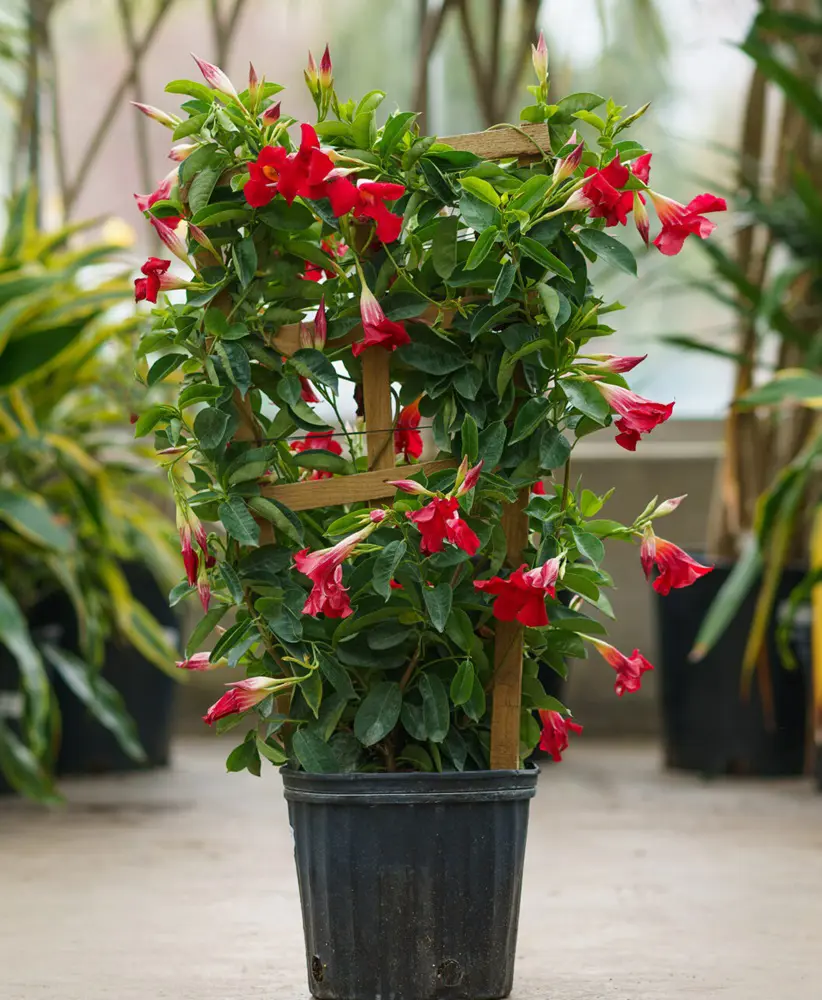
In regions with cold winters, Dipladenia plants need special care to survive the colder months. Here are some tips for overwintering Dipladenia:
Bringing Plants Indoors
- Timing: Before the first frost, bring your Dipladenia plants indoors.
- Preparation: Inspect the plants for pests and diseases, and treat any issues before bringing them inside.
- Location: Place the plants in a bright, cool room with temperatures around 60°F (15°C).
- Watering: Reduce watering frequency, allowing the soil to dry out slightly between waterings. Avoid fertilizing during this period.
Outdoor Winter Care
If you live in a region where Dipladenia can survive outdoors year-round, you still need to take some precautions:
- Mulching: Apply a thick layer of mulch around the base of the plant to protect the roots from freezing temperatures.
- Protection: Cover the plant with frost cloth or burlap during severe cold spells.
- Watering: Water sparingly during the winter months, just enough to keep the soil from completely drying out.
Tips for Encouraging Blooms
Dipladenia plants are prized for their beautiful flowers, and with the right care, you can encourage prolific blooming:
Light
Ensure your Dipladenia receives plenty of bright, indirect light. While some direct sunlight can help, too much harsh sunlight can damage the plant.
Feeding
Regular feeding with a balanced, water-soluble fertilizer, especially one higher in phosphorus, can promote flowering. Feed every two to four weeks during the growing season.
Pruning
Prune regularly to remove spent flowers and encourage new growth. Pinching back the tips of young stems can also promote bushier growth and more blooms.
Proper Watering
Keep the soil consistently moist but not waterlogged. Overwatering can lead to root rot, while underwatering can stress the plant and reduce blooming.
Dipladenia as Houseplants
Dipladenia makes excellent houseplants due to their compact growth habit and stunning flowers. Here’s how to care for Dipladenia indoors:
Light
Place your Dipladenia in a bright room with plenty of indirect light. A south or west-facing window is ideal.
Humidity
Maintain high humidity levels by misting the plant regularly or placing a humidifier nearby. You can also place the pot on a tray filled with pebbles and water to increase humidity around the plant.
Watering
Water when the top inch of soil feels dry. Ensure the pot has good drainage and avoid letting the plant sit in water.
Feeding
Fertilize every two to four weeks during the growing season with a balanced, water-soluble fertilizer.
Pruning
Regularly prune to maintain the plant’s shape and remove any dead or yellowing leaves.
Landscape Uses for Dipladenia

Dipladenia plants are versatile and can be used in various landscape designs:
Container Gardens
Dipladenia is perfect for container gardens, adding a touch of tropical beauty to patios, balconies, and decks. Use a well-draining potting mix and a container with drainage holes. Regularly feed and water to keep the plant healthy and blooming.
Hanging Baskets
The trailing habit of Dipladenia makes it ideal for hanging baskets. Ensure the basket has good drainage and place it in a location with bright, indirect light.
Garden Beds and Borders
In warm climates, Dipladenia can be planted directly in garden beds and borders. Choose a location with well-draining soil and ample sunlight. Regularly water and fertilize to encourage growth and blooming.
Trellises and Arbors
Train Dipladenia to climb trellises, arbors, or other support structures. This not only saves space but also creates a stunning vertical display of flowers.
